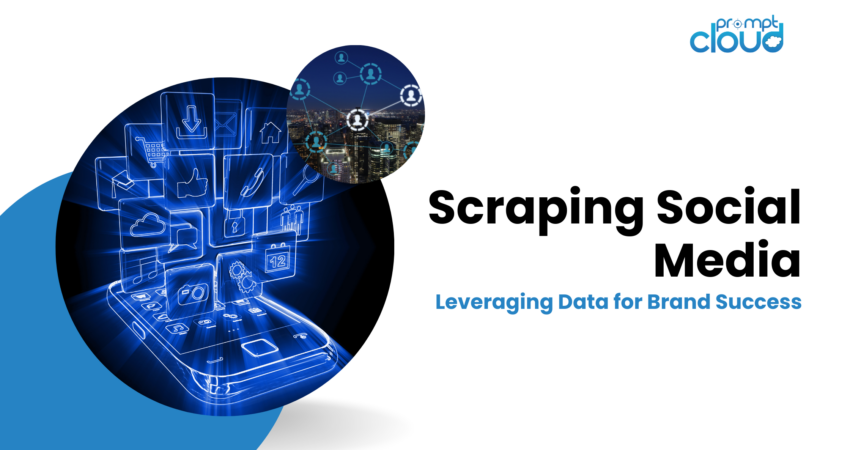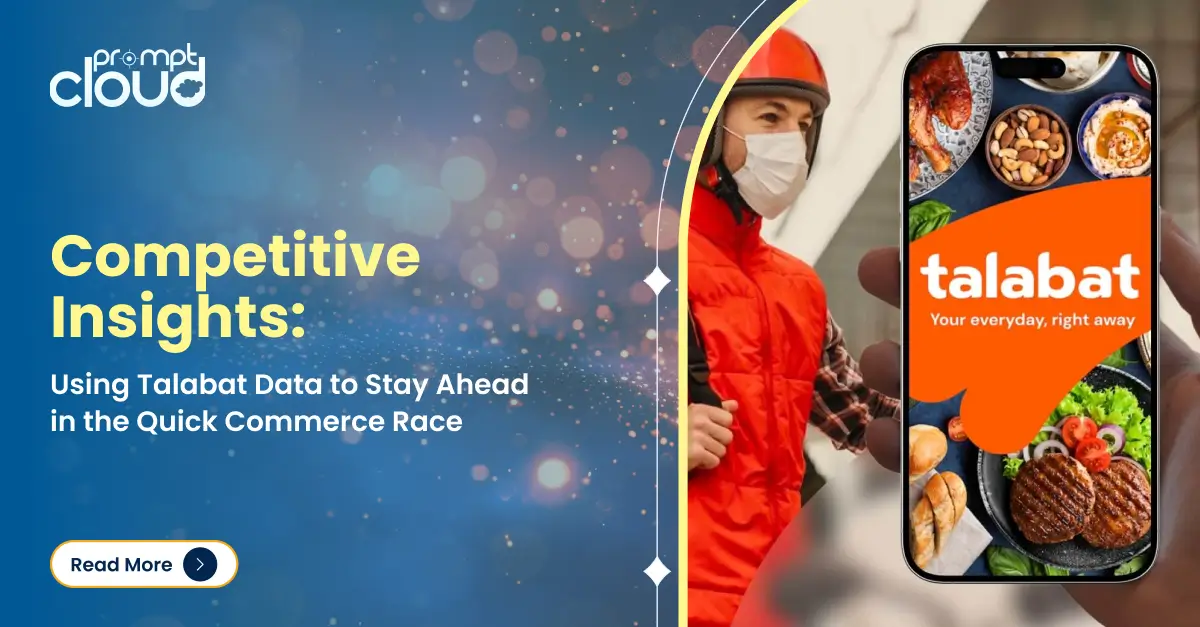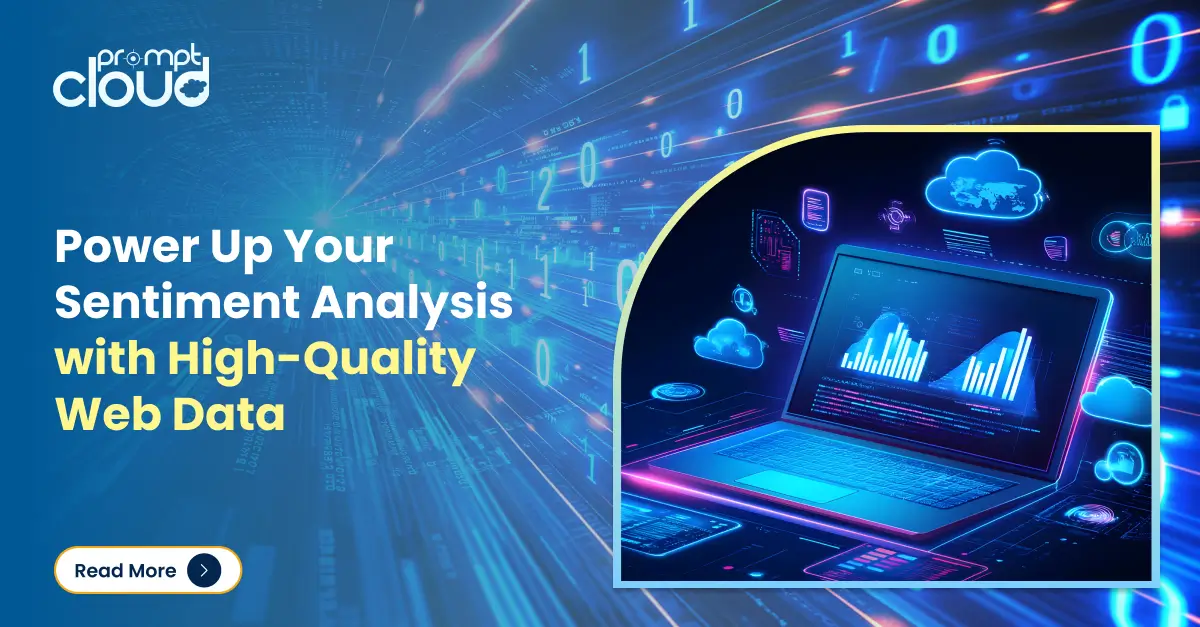
In the age of digital marketing, social media is not just a platform for social interaction but a goldmine of data that can be strategically used to boost business intelligence, enhance customer engagement, and drive marketing strategies. Through scraping social media, businesses can extract valuable insights from public posts, comments, and interactions across platforms like Twitter, Instagram, LinkedIn, and more. This article explores how top brands leverage scraped social media data to refine their marketing efforts and strengthen their market position.

Source: rentechdigital
What is the Value of Social Media Data?

Source: dtcperspectives
Social media platforms are veritable hives of activity, each interaction a thread in the vast tapestry of consumer sentiment that brands can tap into to refine their strategies. By scraping social media, businesses gain access to a wealth of actionable data that goes far beyond mere numbers. Here’s a deeper look into the types of data available and how they can transform business strategies:
- Sentiment Analysis: This involves mining social media texts to understand the emotions behind the words. Are people happy, frustrated, or indifferent about your brand? Sentiment analysis helps you gauge public sentiment, allowing you to react promptly to negative feedback or capitalize on positive trends.
- Trending Topics: By identifying what topics are currently hot, companies can engage in these conversations in meaningful ways. Whether it’s a viral meme or a serious social issue, knowing what’s trending can help brands stay relevant and engaged with their audiences.
- Consumer Feedback and Preferences: Direct feedback on social media can be more straightforward and raw than through traditional channels. This feedback is invaluable for immediate adjustments to products or services and understanding what features or additions are most desired by consumers.
- Competitive Insights: Monitoring competitors’ social media can reveal insights about their performance, marketing strategies, customer complaints, and responses. This information is crucial for benchmarking and ensuring your offerings are competitive or superior in key areas.
- Influencer and Key Opinion Leaders (KOLs) Engagement: Identifying and analyzing the activity of influencers and KOLs related to your industry can provide insights into emerging trends and the effectiveness of influencer partnerships. This helps in strategizing influencer marketing campaigns and choosing the right voices to elevate your brand.
- Market Shifts and New Opportunities: By continuously monitoring social media, companies can quickly spot shifts in consumer behavior and market conditions, such as a sudden increase in demand for a product type or changing attitudes towards a service. This real-time data is crucial for agile marketing and operational responses.
Real-World Examples of Brands Using Social Media Data
- Nike: Trend Analysis and Product Feedback
Nike uses data scraped from various social media to monitor real-time public reaction to new product launches. By analyzing sentiments and feedback, Nike quickly gauges consumer interest and addresses any concerns or negative perceptions, ensuring their product positioning remains strong and responsive.
- Starbucks: Customer Engagement and Market Trends

Source: marketing91
Starbucks scrapes social platforms to track how customers interact with their brand and to monitor mentions of new flavors or products. This data helps Starbucks in creating targeted marketing campaigns that resonate with prevailing customer preferences and seasonal trends.
- Netflix: Content Strategy and Viewer Insights

Source: sprintzeal
Netflix utilizes social media scraping to analyze viewer opinions and discussions around shows and movies. This insight allows Netflix to understand what content is well-received and why, informing future content creation and curation decisions to better meet viewer expectations.
- Coca-Cola: Brand Sentiment and Campaign Effectiveness
Coca-Cola scrapes social media data to measure the impact of global advertising campaigns and sponsorships. By assessing sentiment changes before and after campaign launches, Coca-Cola adjusts strategies to enhance message reception and brand loyalty.
Effective Social Media Scraping Tools & Techniques
Scraping social media platforms for valuable data requires both sophisticated techniques and robust tools to navigate the complexities of web data extraction efficiently. Here’s a comprehensive guide to the techniques and tools that can enhance the effectiveness of scraping social media:
Choosing the Right Social Media Scraping Tool
Depending on your specific needs and the complexity of the tasks, different tools and software can be utilized for scraping social media:
- APIs: Many social media platforms like Twitter, Instagram, and Facebook offer official APIs that allow for structured data extraction. These APIs are typically rate-limited but provide a straightforward and compliant method to access a wide range of data directly from the platforms.
- Web Scraping Software: For data not accessible through APIs, web scraping tools can be employed. Tools like Scrapy, a fast high-level web crawling framework, can handle complex data extraction needs. For simpler tasks, BeautifulSoup and Selenium are popular choices, especially when dealing with dynamic content loaded by JavaScript.
- Automated Scraping Services: Companies like PromptCloud offer customized scraping solutions that manage large-scale data extraction, storage, and maintenance, allowing businesses to focus on analysis rather than the intricacies of data collection.
Social Media Scraping Techniques
- Dynamic Content Handling: Many social media platforms dynamically load content, which can pose challenges for traditional scraping tools. Selenium is particularly useful here as it can automate browser actions to mimic human browsing behavior, allowing it to fetch dynamically loaded data.
- Data Parsing and Cleaning: Once data is extracted, it often requires parsing and cleaning to convert it into a usable format. Tools like Pandas in Python offer extensive capabilities for manipulating structured data and can help in cleaning, transforming, and enriching the data.
- Captcha Solving and IP Rotation: To handle anti-scraping measures like CAPTCHAs and IP bans, it’s useful to integrate services like 2Captcha or Anti-Captcha for solving CAPTCHAs automatically. Additionally, using proxy servers and rotating IPs can help mimic genuine user behavior and avoid IP-based blocking.
PromptCloud’s Social Media Scraping Expertise
PromptCloud is a leader in delivering cutting-edge scraping social media solutions, empowering businesses to harness the vast potential of big data. With expertise in navigating the complex landscape of social media platforms, PromptCloud provides robust, scalable, and compliant data extraction services that enable clients to gain deep insights into market trends, consumer behavior, and competitive dynamics.
By utilizing advanced tools and techniques, including API integration, dynamic content handling, and sophisticated data parsing, PromptCloud ensures that the data delivered is not only accurate and timely but also actionable. This enables businesses to make data-driven decisions, optimize their marketing strategies, and enhance customer engagement effectively. With a strong commitment to ethical scraping practices and adherence to legal standards, PromptCloud ensures that all data collection is conducted responsibly, maintaining the highest standards of data privacy and security.For social media data scraping solutions, get in touch with us at sales@promptcloud.com




















